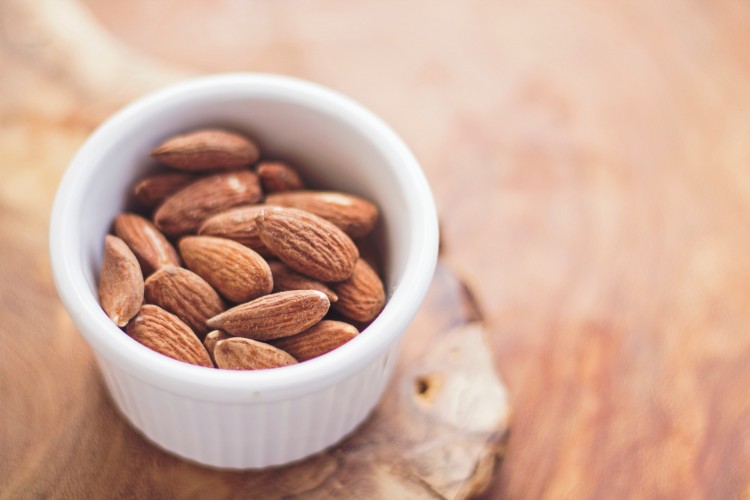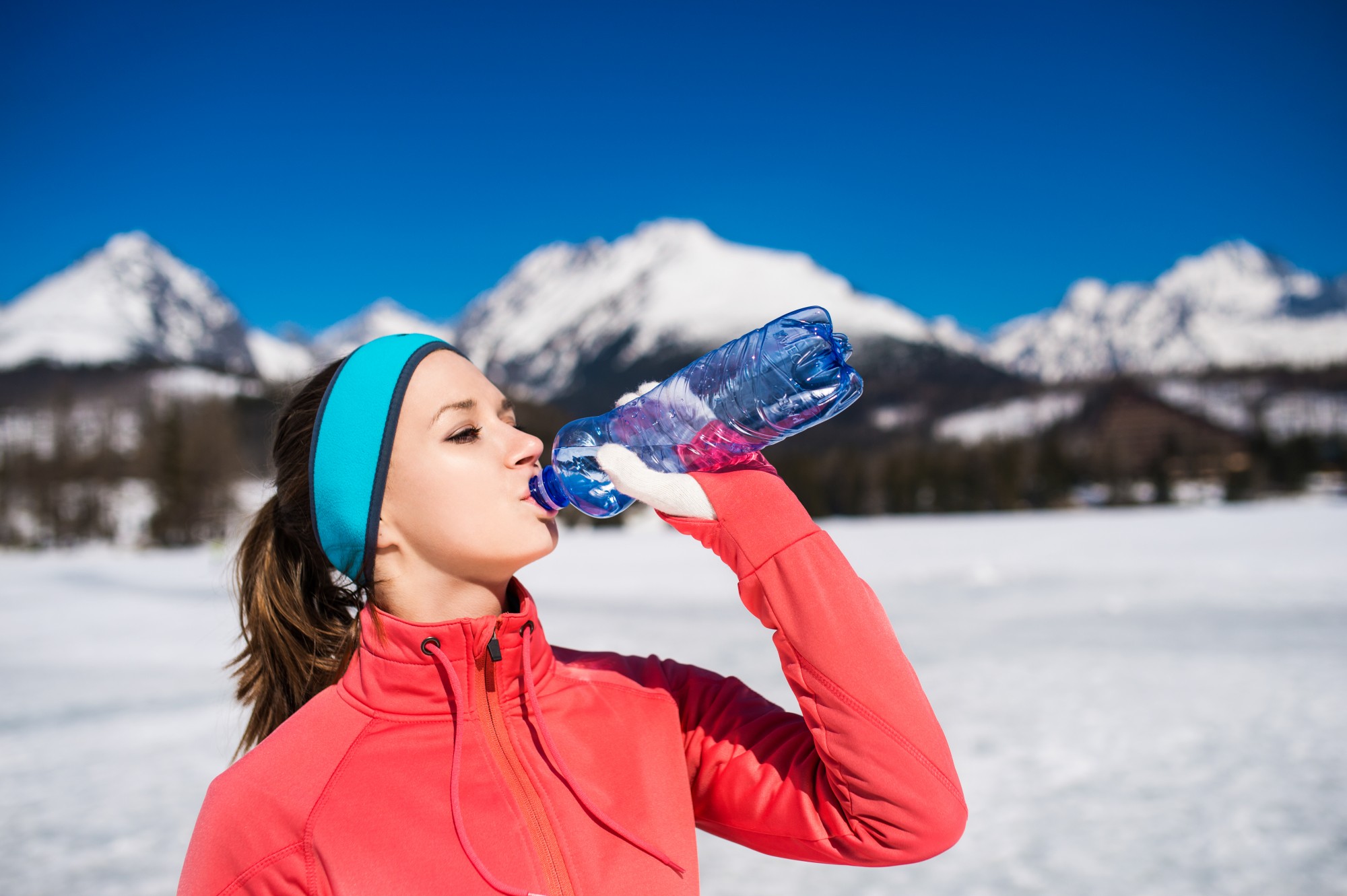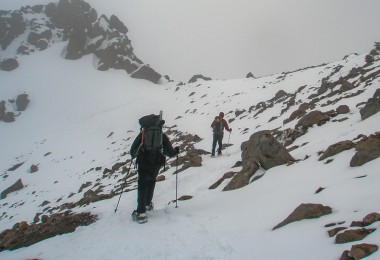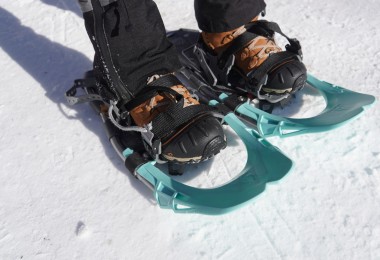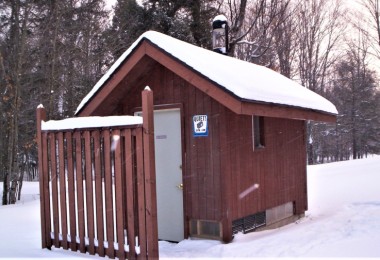It’s a beautiful day, and the sky has cleared to winter-blue after dumping eight more inches of fresh powder on your favorite trails. You’re loading up your snowshoes, accessories, and boots before the weather report has ended, but don’t run out the door without all the essentials for a challenging and enjoyable snowshoe.
Healthy snacks and proper hydration ensure you’ll have enough fuel to finish your snowshoe route – whether you’re out for one hour or five. With a little pre-planning, you can avoid getting caught in the cold with an empty stomach and too much trail left to cover.
Tips for Snack Choices
Having nutritious food with you on your snowshoe could make all the difference. If you are out for longer than three hours, pack a meal in addition to snacks. Choose foods that are:
- Easy to eat – Depending on the weather at your lunch or snack spot, you’ll want foods that are satisfying and nutritious…and easy to eat with mittens on so your fingers aren’t cold.
- Won’t leak or spill (i.e., avoid goopy dressings, tomatoes, mayo), and make wraps instead of sandwiches.
- Won’t freeze – Fruit and veggies with a high juice or water concentration might freeze depending on the temperature. Instead, opt for dried or dehydrated fruits. Just be careful those with high sugar content.
- Provide energy – Snowshoeing has incredible health benefits and is a great workout! Choose foods that will keep you energized, with a balance of protein and fat.
Snack Examples
Here are a few examples of snacks that meet the criteria above.
- Trail mix: Choose unsalted, unroasted mixes with more nuts than fruit.
- Wrapped cheese: Ideally, easy to open, so you don’t have to struggle with cold hands.
- Crackers: They’re lightweight and good to have in your pack. Try whole-grain varieties such as Kavli or Triscuits.
- Peanut butter balls: The beauty of peanut butter in winter is that it doesn’t melt! Try this tasty recipe.
- Energy or granola bars: These bars are convenient and full of energy. Choose bars that won’t freeze like ClifBar, LaraBar, or Quest bars. Also, look for whole-food ingredients versus mostly sugar ingredients.
- Something hot: Having a hot liquid in a small thermos can really make a cold day more enjoyable. Hot chocolate, hot chai tea, or hot cider all warm you up and provide calories. Look for a thermos that is lightweight and durable (like a Hydroflask).
Remember always to have emergency food and snacks on hand while out snowshoeing. It’s always better to come home with leftover food than to run out on the mountain.
Read More:
Bars That Fuel: Kate’s Real Food
Registered Dietitian Services Up Nutrition Tips for Snowshoe Athletes
Breakfast & Lunch
Before heading out, especially if going out for more than an hour, eat a warm, nutritious breakfast. Include a mix of carbohydrates, protein, and fat – such as a bowl of oatmeal with milk, fruit, and walnuts.
Instead of eating your food on the run, sit down and enjoy your breakfast. Eating slowly promotes better digestion. You’ll want at least an hour between your breakfast and your workout.
Also, if you’re going to be out for more than a few hours, remember to bring lunch for the trail. A few lunch options are:
- Good old PBJ: Use natural peanut butter and all-fruit jam. Use whole grain bread or wrap it up in a whole-wheat tortilla.
- Wrap fat-free refried beans in a whole-wheat tortilla with red pepper, spinach, and low-fat cheese.
- Lean protein wrap: Turkey, ham, or roast beef in a tortilla, with mustard and low-fat cheese.
- Soup. Really want to go in style? Pack hot soup (full of beans, meat, rice, and/or veggies) in a small thermos and throw in some crackers and cheese. Yum…
Remember: Don’t eat too much at lunch, or you won’t want to snowshoe back. Keep your meal relatively small and then snack later if you are still hungry. Research shows that eating 100 to 250 calories for each hour you are exercising (after the first hour) can increase stamina and performance.
And, even when you’re off the trail, your body prefers to eat every three to four hours. Whether you’re a recreational snowshoer or a competitive athlete, preplanning nutritious meals and snacks for your adventure will get you farther.

A good old fashioned peanut butter and jelly sandwich is an excellent lunch choice on the trail. Photo: Hurst Photo via Shutterstock
Hydration
While on your snowshoeing adventure, remember to drink plenty of water throughout your workout.
Those who use hydration bladders such as a Camelback to carry water (instead of water bottles) typically drink more water during exercise. If you’re working out for longer than an hour, you’ll also want to hydrate with a sports drink to replenish electrolytes, energy, and fluid.
To ensure you’re getting adequate hydration:
- Get an insulated hydration hose for cold winter snowshoeing so your water doesn’t freeze.
- Pack a light cup or empty water bottle and some electrolyte replacement, or sports drink powder separately. After each hour, mix the powder with water from your camelback into your cup.
Pack Strategically
Finally, once you’ve decided what food and snacks to bring snowshoeing, you’ll want to pack it efficiently.
Carry foods inside your pack but away from your body. Foods carried outside the pack or in mesh openings are more likely to freeze. Foods carried next to your body are more likely to melt off body heat or become squished.
For additional tips about snowshoeing snacks and fueling yourself for outdoor activities all year long, check out the following video from Christine Blanchette at Run With It and Kara Marshall at Kara Dietitian.
What other recommendations do you have for nutrition and snacks while snowshoeing? What are your favorite snacks to bring on the trail? Please let us know in the comments below.
This article was originally published on Nov 15, 2004. It was updated on Jan 14, 2021, to include new information.
Read Next:
Nutrition: A Beginner’s Guide
What to Bring When Snowshoeing: Top Accessories for the Day Hiker
Pump Up Your Iron with Advice from Registered Dietitian Sarah Kasman
Book Review: Idiot’s Guide To Plant-Based Nutrition

